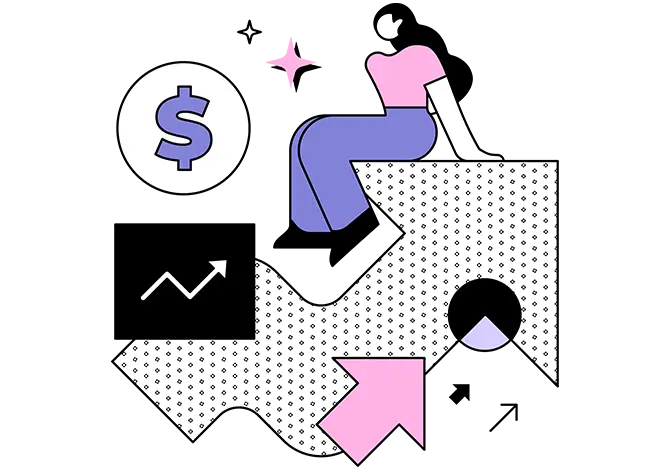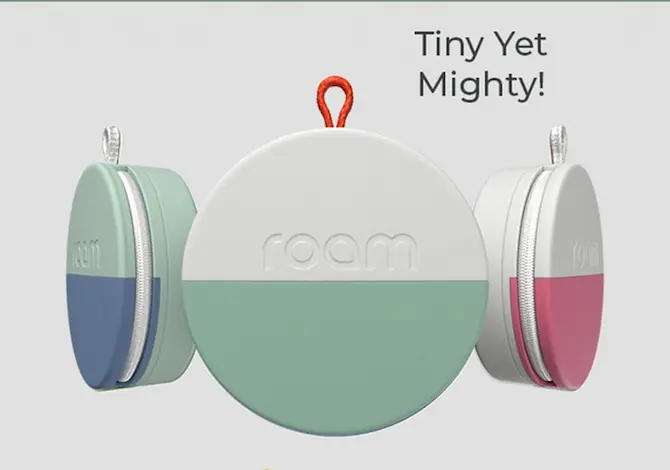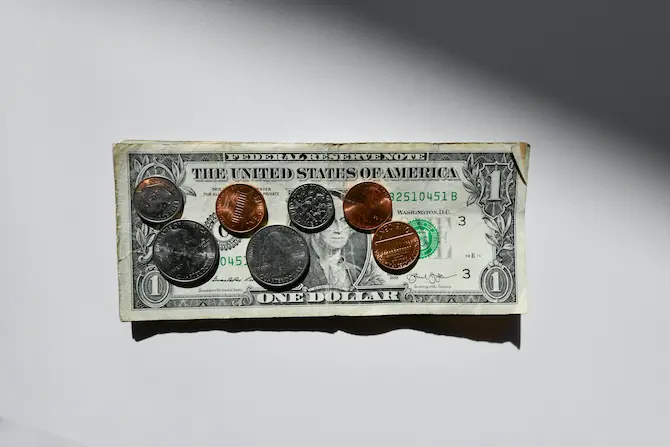Crowdfunding: Advantages and Disadvantages
So, you need to secure some extra funding for your next big undertaking. We’ve all heard stories of one man with a dream who was able to pitch that idea and secure millions for their idea. And maybe, just maybe, you can make it work for you with a well-crafted Kickstarter campaign.
But is crowdfunding all it’s cracked up to be? Believe it or not—yes! But it’s still important to know all the pros and cons of crowdfunding so you can plan your campaign correctly. With that out of the way, let’s get into it.
Advantages
There are lots of benefits to crowdfunding. Here we’ll explore a few of the biggest ones:
Ability to Test the Public’s Reaction
If you have an idea for an innovative product, there are all kinds of debt-based ways to go about financing that idea. But with a bank loan or other form of debt-based crowdfunding, you may find yourself up the creek without a paddle (and a lot of debt) if consumers aren’t interested in your idea.
What’s good about crowdfunding is that, once you launch your product, you’ll get instant feedback about whether consumers are interested. Of course, your product’s popularity is dependent on a lot of other things, too—outreach and marketing, for instance. But, say you spend a lot of money on both of those things, but you still fall short of your funding goals. That’s a sign that maybe you should take your idea back to the drawing board. On the other hand, a massively successful campaign will give you the immutable signal that you have a really special idea. And all of these insights you can gain without being in massive debt, all through the magic of crowdfunding.
Circumvent the Obstacles of Conventional Funding
Loans are a huge part of modern life. But they still can be anxiety inducing and come with a lot of unwanted drawbacks like interest, collateral, etc. Nobody wants a loan, but we often find that we need one to accomplish our goals.
That’s where crowdfunding steps in. There’s no interest and no collateral—just funding. That’s not to say that there’s no cost to crowdfunding; it’s just that those costs are typically taken by backers when they support your campaign and not you personally.
In terms of what obligations you do have, you just need to make sure your backers get their reward if you’re using a reward-based crowdfunding model. If you’re using a need-based crowdfunding model, then make sure you shower your supporters with meaningful messages of gratitude. That’s it! Undoubtedly, these are highly preferrable to the drawbacks of undergoing debt.
Access Markets Across the World
Kickstarter is used by backers from all corners of life. That includes users from countries all around the world, all of whom you’ll have unparalleled access to from the Kickstarter and Indiegogo platforms. How easy it is to get your message out to the world with Kickstarter is a really cool thing, and that level of outreach you are unlikely to reach from your typical commercial retailer.
One other benefit of these platforms is that these global backers from all different walks of life can message you directly with their comments and concerns. Say you designed your product for a US outlet, but a backer from Tokyo is concerned about how your product may work with their local electric grid. This kind of global outreach is essential in the early stages of your product, and a great benefit from crowdfunding.
Disadvantages
Crowdfunding, like any other kind of fundraising, is not without its disadvantages. Here we’ll discuss a few of the major issues in crowdfunding and how to mitigate them:
It’s Hard
You may think it’s easy enough to make a Kickstarter page and have money pour in. But to do your campaign right, there needs to be well-written copy, captivating images, and an informative-yet-entertaining video. And that’s just the page crafting part! There’s also your pre-launch landing page, post-launch marketing, backer communication, partnerships with shipping vendors, etc.
Needless to say, it takes a village to make a campaign reach its full potential. But we’ll reveal an insider secret—few successful campaigns, if any, have ever gone at it alone. Creators usually hire a team of staff to delegate tasks in managing their campaign, or allow agencies to handle the outreach and marketing for them so the creators can keep being creative.
So yes, it’s hard, but luckily, you don’t need to go at it alone. And when you do have a committed team working on your project, you’re much more likely to see great returns.
Revealing Your Idea to the World
When a campaign launches and becomes really successful, it’s not uncommon to see cheap imitations and knock-offs pop up, often undercutting the original product. It’s easy to think, “If I hadn’t shown everyone my product on Kickstarter, maybe this wouldn’t be happening.”
Unfortunately, this is a bit of an unavoidable risk when going about crowdfunding. Luckily, there are ways to mitigate this risk. Filing patents, trademarks, and other intellectual property protections is your number one protection against knockoffs. Ideally, you should check early on to make sure patents haven’t already been filed for your product’s technology so you can see if it can actually be taken to market without being sued. Once you’ve checked for any relevant patents, file your own patent so you can prove that you’re the original owner of your idea.
Need help filing patents? Reach out to the Funding Insider team and we’ll help you get started.
Big Commitment
So, you’ve got your campaign idea, which will run for maybe a month or so. But your campaign’s launch isn’t the actual beginning of the project. Most likely, after you have made your product’s proof-of-concept, you will be in the pre-campaign stage for a month or two as you perfect your landing page and marketing strategy. Then your campaign will launch, and after its conclusion, you will need to manage the fulfillment process. All in all, your “one month campaign” will likely take half a year of your life away or more!
If you’re managing all of these tasks yourself, the workload and crunches can seem immense. But you don’t have to go about it alone — in fact, you’re much more likely to get results with a team. Working together with a team like Funding Insider can get you to your goals much faster, and much saner, than you would have without a team.
Wrapping Up
We’ve gone over the most notable pros and cons of crowdfunding, and it should come as no surprise that with all of the above in mind, we definitely recommend crowdfunding. The pros are immense, and the cons can all be managed with the right help.
Have an idea you’re ready to crowdfund? Feel free to reach out to us for help with your next big campaign idea.










